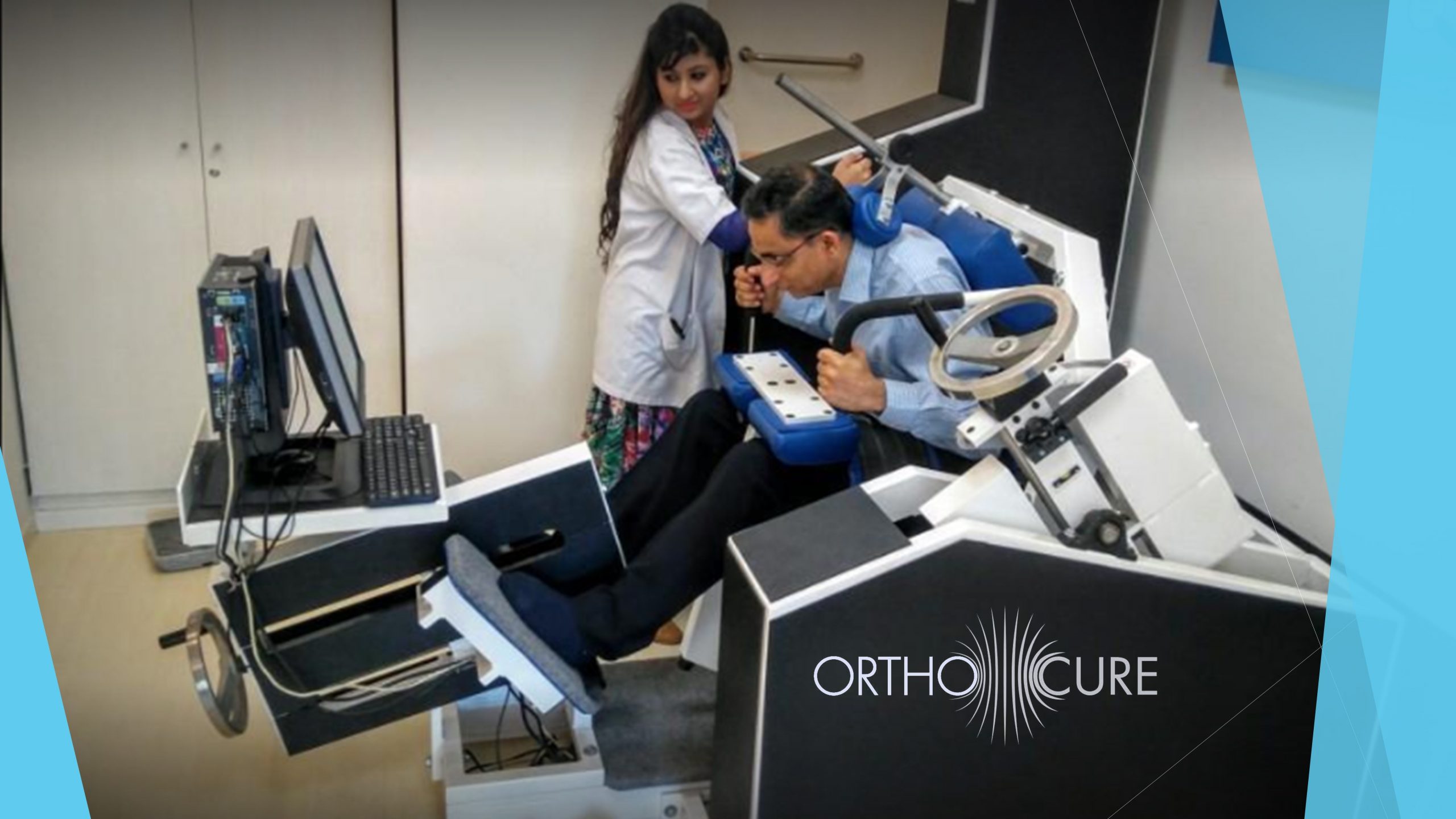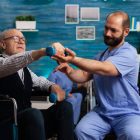As we are talking about muscle strengthening the first question that comes in mind is “what is muscle strengthening and what does it do for me”. Strengthening exercise is technically known as “progressive resistance “exercise.For the Strengthening exercise to be effective, the amount of weight lifted must be sufficient to exhaust the muscle within a 60 to 90 seconds window of time. A muscle is exhausted when it reaches a point where it is momentarily unable to move the weight.
Exhausting the muscle triggers the strengthening process, which occurs over the next couple of days as the muscle recovers. As the muscle gets stronger, the weight must be progressively increased to accommodate the muscle’s new level of strength; thus, the name “progressive resistance”.
There is often confusion on the speed of movement for strengthening exercises, but the research has proven that slow, deliberate speed is required to strengthen the entire muscle. Physics dictates: the faster the weight is moved the more momentum is created, as momentum builds less work is required of the muscle, thus reducing your results. Rapid weight lifting or jerking weight is also what causes injury when performing strengthening exercise. Eliminate the speed and injuries are eliminated. The slow movement has added the benefit of producing faster results.
MedX is the abbreviation for Medical Exercise. Disorders and functional impairment of the spine represent the most common and costly problems of modern health care plans. Approximately 60-80% of the population suffers from temporary problems associated with the spine, while 20-30% suffers chronically.
Under the direction of Michael Pollock, the former president of the “American College of Medicine” in Gainesville and Vert Mooney, MD from the University of California at San Diego, 14 teams were involved in the technical implementation of the computer-based diagnostic and therapeutic procedure of MedX. The results of this research project were remarkable. Almost all patients with back pain demonstrated weaker deep back extensor muscles than healthy people. The lumbar extensors are primarily responsible for the stability of the spine.
Highlights of the MEDX Machines:The load movement or “Strength Curve” of the muscle is precisely calculated. The muscle remains above the tension threshold throughout the entire motion, from full stretch to complete contraction. This prevents and corrects intramuscular imbalances.
A two-dimensional motion is performed. “Wrong” movements are almost impossible and therefore the risk of injury is close to zero.
The isolation of the targeted muscles is accomplished through the padding, supports, and structure of the machines. These features make it easier to achieve a cross-sectional stimulus
Training on the machines does not require any coordination. The movement does not have to be “learned” allowing the trainee to be “productive” from the beginning.
The training progress achieved with the machines represents pure strength gains, not a mixture of strength and coordination gains.
This is where Medx therapy is beneficial
First, the muscles are tested to reveal any functional deficits the patient may have. Next, a program is developed for therapy and the treatment is documented to measure effectiveness. To perform a functional analysis of the spinal muscles, the following prerequisites must be fulfilled:
- Isolation of the lumbar extensor muscles by pelvic fixation
- Elimination of gravitational pull on the body and upper body mass
- Measurement of soft tissue tension and the net muscle force
- Isometric testing over the entire range of motion (ROM)
- Muscle fiber typing by exhaustion reaction This extensive diagnosis provides the basis for the patient’s treatment plan. MedX therapy aims to restore the function of the spinal column in areas of strength, agility, and endurance.
MedX spinal strength testing is indicated for patients who meet any one of the following conditions;
1) Back pain that has lasted longer than four weeks,
2) No longer responding to conventional treatment,
3) Recurrent episodes of back pain/disability or chronic low back pain.
Disclaimer
This information should not be used as a substitute for professional diagnosis and treatment as this is for informational purposes only. One must consult their healthcare provider before making any healthcare decisions. Any damage, loss or injury suffered by an individual as a result of reliance on the information contained on this site is neither the responsibility nor the liability of Orthocure Clinics.





